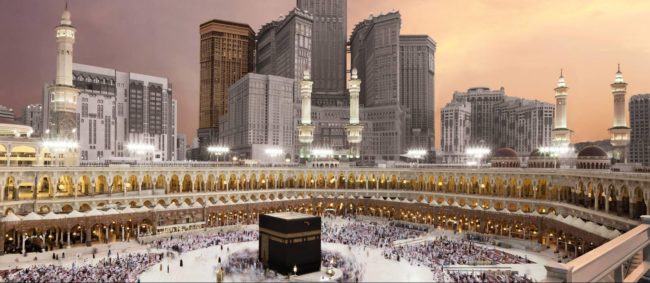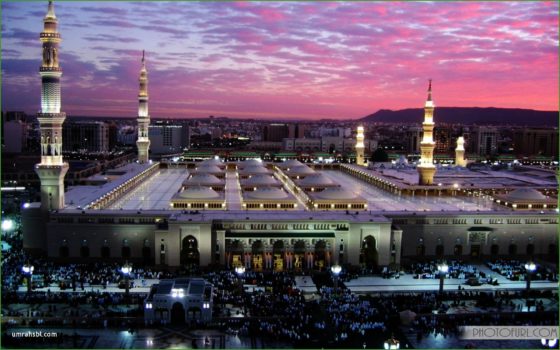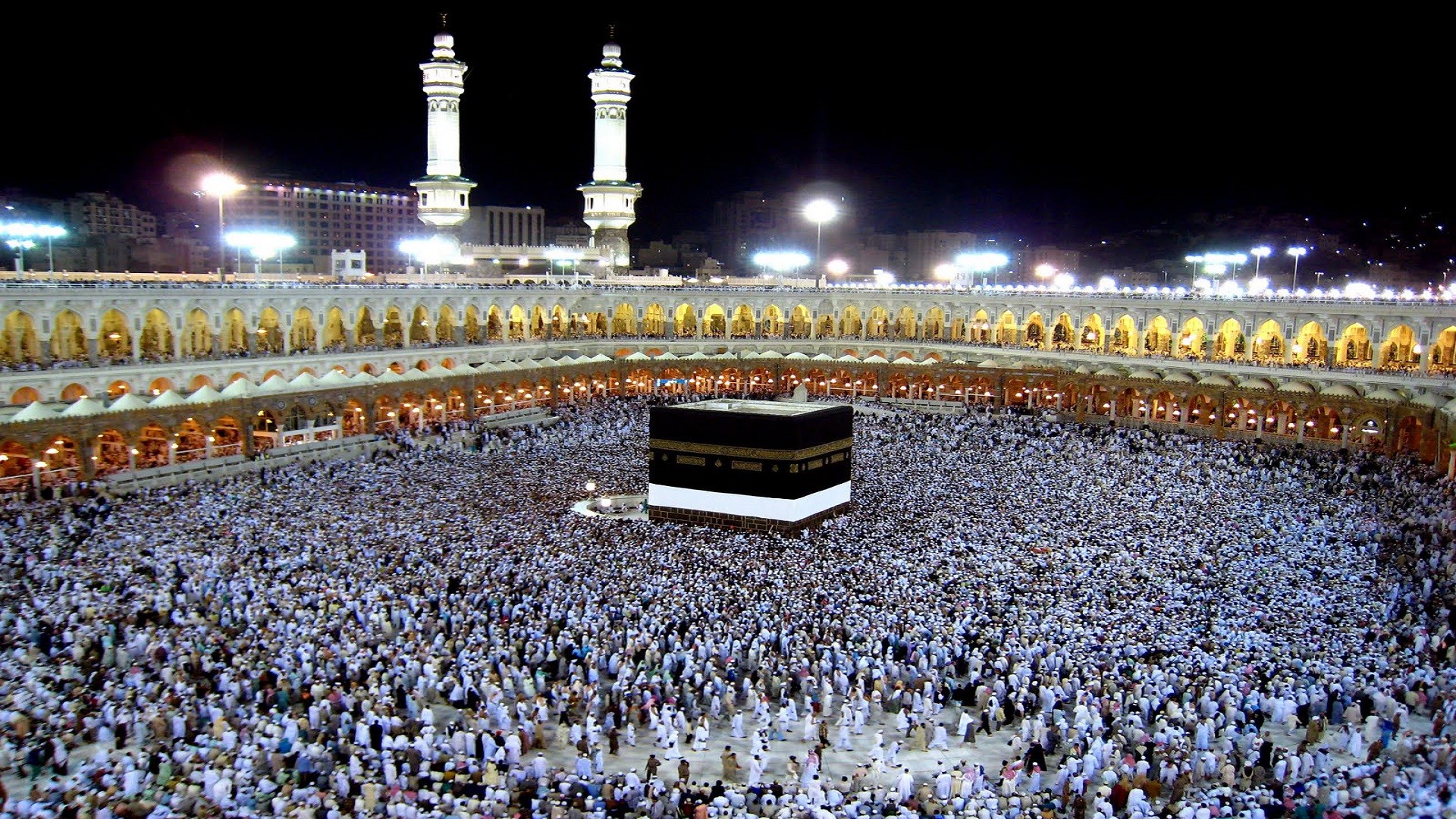The strict importance of word Hajj is “to set out” or “to make journey“. In Shariah, Hajj alludes to the yearly journey of Muslims to Makkah to play out certain strict ceremonies as per the lessons and techniques endorsed by Prophet Muhammad (SAW). Hajj happens during the most recent month of Islamic schedule, from eighth to twelfth Dhu al-Hijjah.

The root of Hajj goes back to 2000 BC and a large number of the Hajj rituals come legitimately from the life of Hazrat Ibrahim/Abraham (AS). For instance, the custom of Sa’i when Muslim travelers run/stroll between the slopes of Safa and Marwa multiple times is the re-establishment of Hajra’s bothered quest for water for her baby child, Ismail (AS), when them two were abandoned by Hazrat Ibrahim (AS) in a fruitless valley on the sets of Allah SWT. Hajra was the second spouse of Hazrat Ibrahim (AS). To extinguish her child’s thirst, Hajra ran to and fro among Safa and Marwa to discover water. It is said that the blessed messenger Jibril (Gabriel), on Allah’s structure, contacted sensible and made a spring of new water for the infant. This spring, called Zamzam, still runs in Makkah.

Hazrat Ibrahim (AS) was an exemplary and devout man. In spite of the fact that his dad, Aazar, was a notable symbol stone worker and a polytheist, Ibrahim (AS) denied his dad’s religion and put stock in the unity of God. He was picked as a prophet and devoted as long as he can remember to Allah SWT. He was given the title of “Khalilullah” (companion of Allah).
His child Ismail (AS), like his dad, was solid in confidence. Allah SWT tried their faithfulness when He requested Ibrahim (AS) to forfeit his adored youthful child, Ismail (AS), for the sake of Allah. SubhanAllah, take a gander at the degree of confidence and conviction of the dad and child, when Ibrahim (AS) educated his child concerning what he envisioned, Ismail (AS) was quickly ready to follow Allah’s requests. Anyway Allah SWT put a smash rather than Ismail (AS), since the thought as far as possible was to evaluate the faithfulness of Ibrahim (AS). Allah congratulated Ibrahim as He says in the Quran [37:104-105]:
“We called to him, ‘O Abraham, You have satisfied the vision.’Indeed, We hence reward the practitioners of good.”
To remember this incredible penance and the availability to complete Allah’s offering, Muslims everywhere throughout the world observe “Eid Al-Adha” toward the finish of the Hajj journey.
Allah SWT appointed Hazrat Ibrahim (AS) to construct the Ka’aba – the place of Allah, alongside his child, Ismail (AS) as Allah specifies in the Quran:
“Also, [mention, O Muhammad], when We assigned for Abraham the site of the House, [saying], “Don’t connect anything with Me and refine My House for the individuals who perform Tawaf and the individuals who stand [in prayer] and the individuals who bow and prostrate.” [Surah al-Hajj: 26-27]
It is around this Ka’aba that the explorers play out the custom of Tawaf, which includes orbiting the Ka’aba multiple times in counter-clockwise heading.
Subsequent to performing Tawaf, Muslims go to the Station of Ibrahim (Maqam e Ibrahim) to ask two nafl petition rakahs, and afterward drink water from the hallowed Well of Zamzam, before continuing to the following custom of the Hajj, the S’ai. Station of Ibrahim is the name of the stone on which Sayyidna Ibrahim (AS) stood while building the Ka’aba. It was one of the marvels of Ibrahim (AS) that this stone turned out to be delicate and his feet sank into it, shaping an impact on it which can in any case be seen, SubhanAllah!
“Ramy al-Jamrat” (Stoning of the Satan), another mandatory custom of Hajj, additionally identifies with a significant occasion in Ibrahim (AS) life. Travelers perform Ramy al-Jamrat by throwing stones at three columns. These three columns are supposed to be situated at the three areas where Hazrat Ibrahim (AS) was enticed by Satan when he was going to forfeit his child, Ismail (AS), as requested by Allah SWT. The explorers must hit every column in any event multiple times with the stones they have gotten in Muzdalifah. The idea behind this custom is to show rebellion of the Devil/Satan.
On the ninth day of Dhu al-Hijjah, pioneers advance on the slope, Mount Arafat or also called ‘Jabal Al Rahmah’, the slope of absolution. Explorers accumulate on the plain of Arafat and draw in themselves in Zikr, supplications and Quran recitation. This is known as “Wuquf” and considered as the feature of Hajj. The noteworthiness of Mount Arafat is that it is where Prophet Muhammad (SAW) conveyed his renowned Farewell Sermon (Khutbah Hajjatul Wida) to the Muslims who had went with him for the Hajj towards an amazing finish. It was on Jabal al Rahmah where Adam and Hawa (Eve) were brought together and pardoned by Almighty Allah and it is on this equivalent plain where all people will assemble before Allah SWT on the Day of Judgment.
Every single custom of Hajj has a history and an exercise related with it. Knowing the records behind these customs will empower the explorers to perform Hajj with an elevated degree of enthusiasm and sincerity, insha’Allah.
